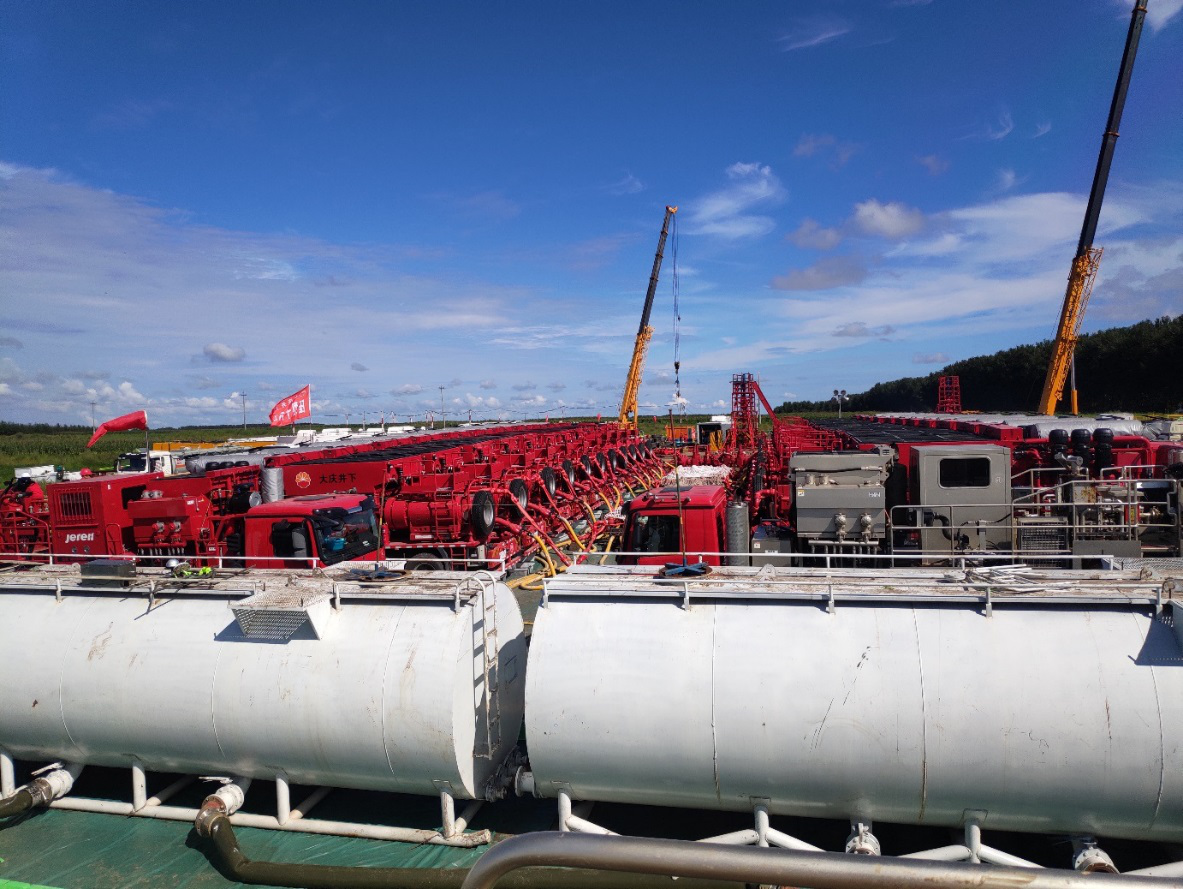
As we move from 2019 to a brand-new year, what kind of anticipations we should hold regarding oil & gas industry in 2020? Major think tanks and authoritative institutes have released their outlooks consecutively and we are here to help you quickly screen out the take-away points.

Uncertain world economy drives demand to slow down?
In 2019, we were lucky to witness a continuously rising oil demand from major developing economies. Global oil demand increased by 900 kb/d year-on-year in the third quarter 2019, which was the strongest annual growth last year and almost 75% of the growth took place in China. India came into the second place by demanding extra 135 kb/d than previous quarter (iea, 2019).
However, as Deloitte predicts in its 2020 Oil and Gas Industry Outlook, world economy is weakening on a global scale. Deloitte takes an example in the report that US GDP growth will slow in 2020, with a 25 percent chance of recession. If that’s the case, oil demand is highly possible to keep its pace. Correspondingly, in iea’s latest Oil Market Report, it predicts demand in 2020 will moderately grow by 1.2 million barrels in 2020, which is revised downward by 100,000 bpd from previous estimate (Cunningham. N, 2019).
Oil Market may see slight upbeat in the second half of 2020
Though global demand is slacking off, major oil forecasting agencies still predict total production to grow a bit over 2020 as a whole. EIA and OPEC hold a little more positive attitude for the second half of 2020 (Lee, 2019) according to their predictions over the past month.
The demand growth outlook for 2020 actually looks better than that of 2019, although it is entirely propped up by the fourth quarter number. The IEA forecasts 1.88 MMbpd of growth, the EIA 1.34 million and OPEC 1.31 million for the fourth quarter. Whereas on an annual basis, the IEA sees demand growth average at 1.24 MMbpd, the EIA at 1.34 million and OPEC at a more modest 1.08 million. All three are slightly down compared with what they estimated in July, 2019, but not exceeding more than 100,000 bpd.
Efficiency is crucial as investor confidence stays hampered.
In 2019, the market capitalization share of the oil & gas industry in the listed companies worldwide fell to 4.5% in late 2019, an all-time low number (Deloitte, 2019). Cautious and prudent investment market is watching closely how operators would enhance and sustain capital efficiency. Deloitte reveals in recent report that capital efficiency is able to grow 20% to 25% through optimal completion solutions in key shale basins. Besides, a dollar increase in a company’s free cash flows can result in 1.6 times the increase in its market capitalization according to Deloitte’s ten-year analysis of 1,450 US manufacturing companies.
Therefore, how to bring high efficiency in line with a moderate cost will be a primary issue for the industry in 2020.
As a leading oil & gas solution provider in the world, Jereh is committed to providing customized equipment and solutions to help client enhance efficiency and maintain an economical overall cost.

Leveraging strong R&D capability and rich experience, Jereh has proved its capabilities and thus earning trust from global customers.
Jereh’s series of completion & stimulation equipment cover cementing fleet, frac spread, coiled tubing fleet, nitrogen pumping units and so forth, applicable for different well sites with various operation conditions.
Jereh firmly believes that innovation drives industrial development. Jereh R&D engineers investigate operation sites to dig out actual demands and application challenges in front of the clients and actively endeavor to overcome numerous technical difficulties.
By now, Jereh has successfully developed world’s first set of electric frac spread, world’s largest turbine-driven frac pumper, China’s first remote-control cementing unit, large-flowrate sand blender, twin-truck coiled tubing unit for China’s shale gas exploration, creating values and enhancing efficiency for customers worldwide.
For more information please visit: https://www.jereh.com